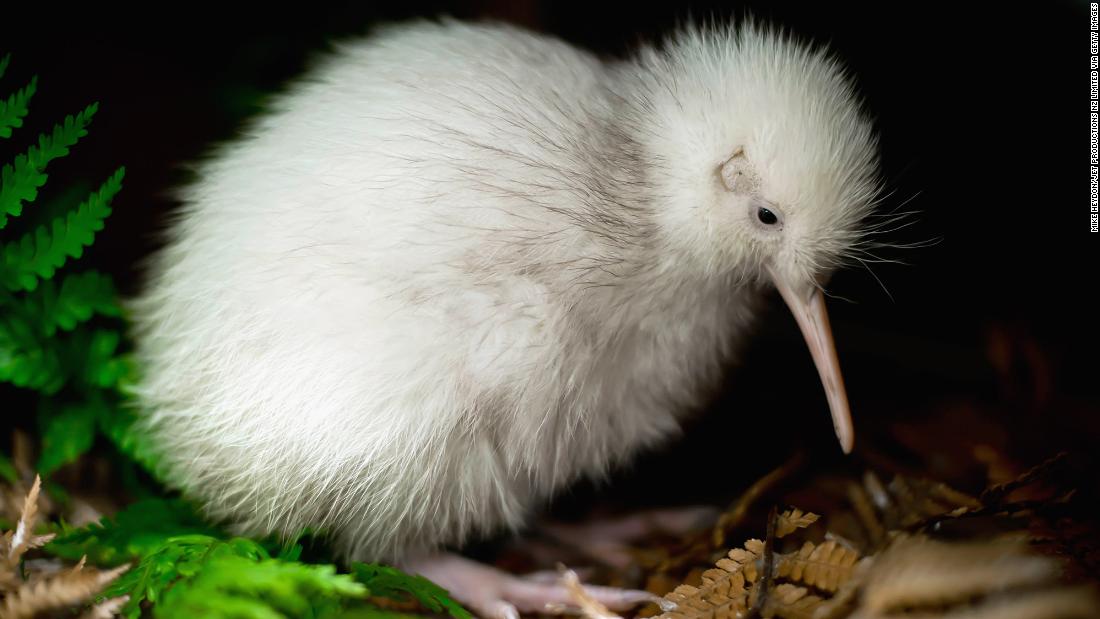The North Island brown kiwi was incubated in Pūkaha in May 2011, with a rare genetic trait resulting in white feathers instead of the standard brown.
Manukura was seen as a “great blessing” by the local Rangitāne o Wairarapa tribe, who saw it as a unifying symbol, according to the wildlife center statement.
She even inspired a book by Joy Cowley, one of New Zealand’s most prolific children’s fiction authors, as well as a line of soft toys and other memorabilia.
“In the past 10 years, she has charmed several people and, in her quiet way, highlighted the precarious situation of the kiwi in the wild,” said Wairarapa Conservation Department operations manager Kathy Houkamau, who was the manager of the Pūkaha center. when Manukura shocked. “She will be sorely missed.”
Manukura was taken to specialist vets in early December, after her caregivers noticed she was not eating and losing weight, the statement said.
The vets found an unfertilized egg that the kiwi was unable to lay. Although the operation to remove him was successful, she needed more surgery and her health continued to deteriorate for weeks to come.
“Manukura is part of the Pūkaha family and we have always been blessed to have Manukura to help us tell the story of Aotearoa conservation,” said Emily Court, general manager of Pūkaha, adding that it was “one of the saddest days” at the center. wildlife had experienced. Aotearoa is the Maori name for New Zealand.
Although white kiwis exist in the wild, they are considered so rare that it is highly unlikely to see one in its natural habitat.
According to the New Zealand Department of Conservation, about 68,000 kiwis remain – and 2% of unmanaged kiwis are lost every year. Threats include predators such as stoats, dogs, cats and ferrets.
Manukura leaves his younger brother, Mapuna, who is part of Pūkaha’s captive breeding program.
